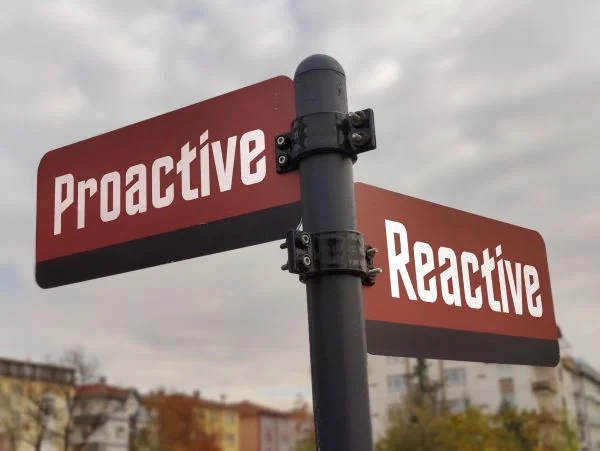Knowledge silos have a negative impact on customer service
Effective knowledge management improves mean-time-to-repair (MTTR) metrics, increases customer satisfaction, and generally makes life on the typical IT service desk a whole lot easier.
Why then is knowledge management one of the most neglected processes in IT Service Management (ITSM)? Even when organizations put some effort into knowledge management, information is stored in silos that function as separate repositories for different IT teams. Maintaining this separation greatly degrades the value of the knowledge that is recorded.
Making problem solving harder
A key factor that contributes to successful and timely problem solving is having the right people in the room, with the expert knowledge that you need. If information is scattered around the organization with different people having exclusive access to individual parts of the puzzle, then knowing who the right people are, and bringing them together, is made much more difficult.
To improve problem-solving capabilities within an organization, it is worthwhile to improve knowledge management practices at the same time. A well-organized, central knowledge repository will greatly enhance your problem solving abilities.
Knowledge management, when done well, has positive impacts on all other areas of your IT organization, particularly in the areas of problem management and incident management.
Don’t solve problems twice
It feels great to get to the bottom of a problem and get people back to work. But the last thing you want is to come up against the same problem in the future and have someone redo the investigation. Without good knowledge management, this is likely to happen. Recording and sharing the results of your problem solving is a start, but there is more to knowledge management than this.
To make sure you do not go down the same road and rework problems time and time again, there are a few rules to follow:
1. Record a good description of each problem, using non-technical language. This will allow you to match future occurrences with the descriptions.
2. Include keywords in your documentation to make future searching easier.
3. Link this knowledge to the related incident and problem records.
4. Store all knowledge in one, central, searchable repository.
5. Update the knowledge record with relevant new information every time a similar issue is reported.
A key capability
Effective knowledge management needs to be recognized as a critical component of any IT Service Management (ITSM) organization – it is much more than a “nice to have”. Knowledge management, when done well, has positive impacts on all other areas of your IT organization, particularly in the areas of problem management and incident management. Accurate knowledge reporting, as a part of your problem management process, will have a positive impact on MTTR metrics and ultimately, on customer satisfaction and business results.
The Kepner-Tregoe difference
When Kepner-Tregoe (KT) problem solving tools are integrated into their ITSM capabilities, organizations credit the information as “essential” for future problem solving. The KT tools use logical questioning and analysis steps and record the results in a clear and logical format that provide robust and usable data for knowledge management and ongoing problem solving activity.


